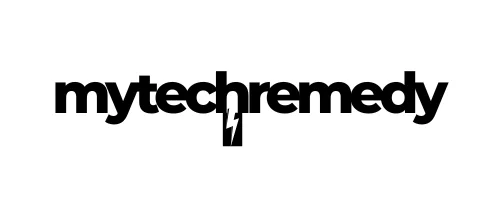Understanding the Dynamics: First-Party vs Third-Party in Ecommerce
In our quest to navigate the labyrinth of ecommerce, the terms “first-party” (1p) and “third-party” (3p) often emerge as critical signposts. These concepts are not just jargon but pivotal strategies that define the operational and strategic landscape of online marketplaces. For those keen on a deeper dive, the detailed exploration of 1p vs 3p provides an excellent foundation.
The First-Party (1p): Playing Seller in the Amazonian Jungle
Think of the first-party model as becoming the store’s favorite child. Here, you sell your products directly to the ecommerce platform, which in turn sells them to the end customers. This approach is akin to handing over your goods to a retailer and letting them handle the logistics, marketing, and customer service—essentially making them the middleman.
The benefit? Well, you get to focus on production and innovation while leveraging the platform’s massive distribution network. The downside? You lose a bit of control over how your products are presented and priced. It’s like hiring an intern who runs your errands but sometimes makes decisions that might not align perfectly with your brand vision.
The Third-Party (3p): The Marketplace Mavericks
Enter the third-party model, where you take the reins, listing and selling products directly to consumers via the platform’s marketplace. This model is the epitome of entrepreneurial spirit. You set the price, manage the brand message, and interact directly with your customers. It offers more control and potentially higher margins but demands more effort in marketing and logistics.
Picture yourself as a startup in a bustling digital bazaar, full of autonomy yet bustling with competition. It’s the Wild West of ecommerce, where agility and innovation can lead to triumph—but not without navigating the challenges of competition and customer expectations.
The Transformative Power of Hybrid Approaches
Why choose sides when you can enjoy the best of both worlds? Hybrid models blend the strengths of 1p and 3p, allowing businesses to capitalize on the distribution power of first-party arrangements while retaining the brand control and customer engagement of third-party models. This approach is similar to having multiple interns, each specializing in different tasks, yet working collaboratively to achieve the overarching business goals.
Adopting a hybrid strategy can offer flexibility and resilience, enabling businesses to pivot in response to market dynamics and consumer trends without being locked into a singular approach.
Actionable Recommendations for Ecommerce Entrepreneurs
- Evaluate Your Goals: Determine whether your focus is on brand control, scalability, or customer engagement. This will guide your choice between 1p, 3p, or a hybrid model.
- Leverage Data Insights: Use analytics to understand consumer behavior, optimize pricing, and refine your product offerings.
- Stay Agile: Be prepared to shift your strategy in response to changes in market trends or platform policies.
- Invest in Technology: Implement AI tools to enhance logistics, customer service, and marketing efforts, ensuring a seamless customer experience.
- Focus on Building Relationships: Whether through direct sales or platform partnerships, maintain a strong connection with your customer base to foster loyalty and trust.
In the grand theatre of ecommerce, understanding the nuances between first-party and third-party models is crucial. By strategically choosing and tailoring your approach, you can not only enhance your market presence but also ensure a sustainable growth trajectory.
Checkout ProductScope AI’s Studio (and get 200 free studio credits)
